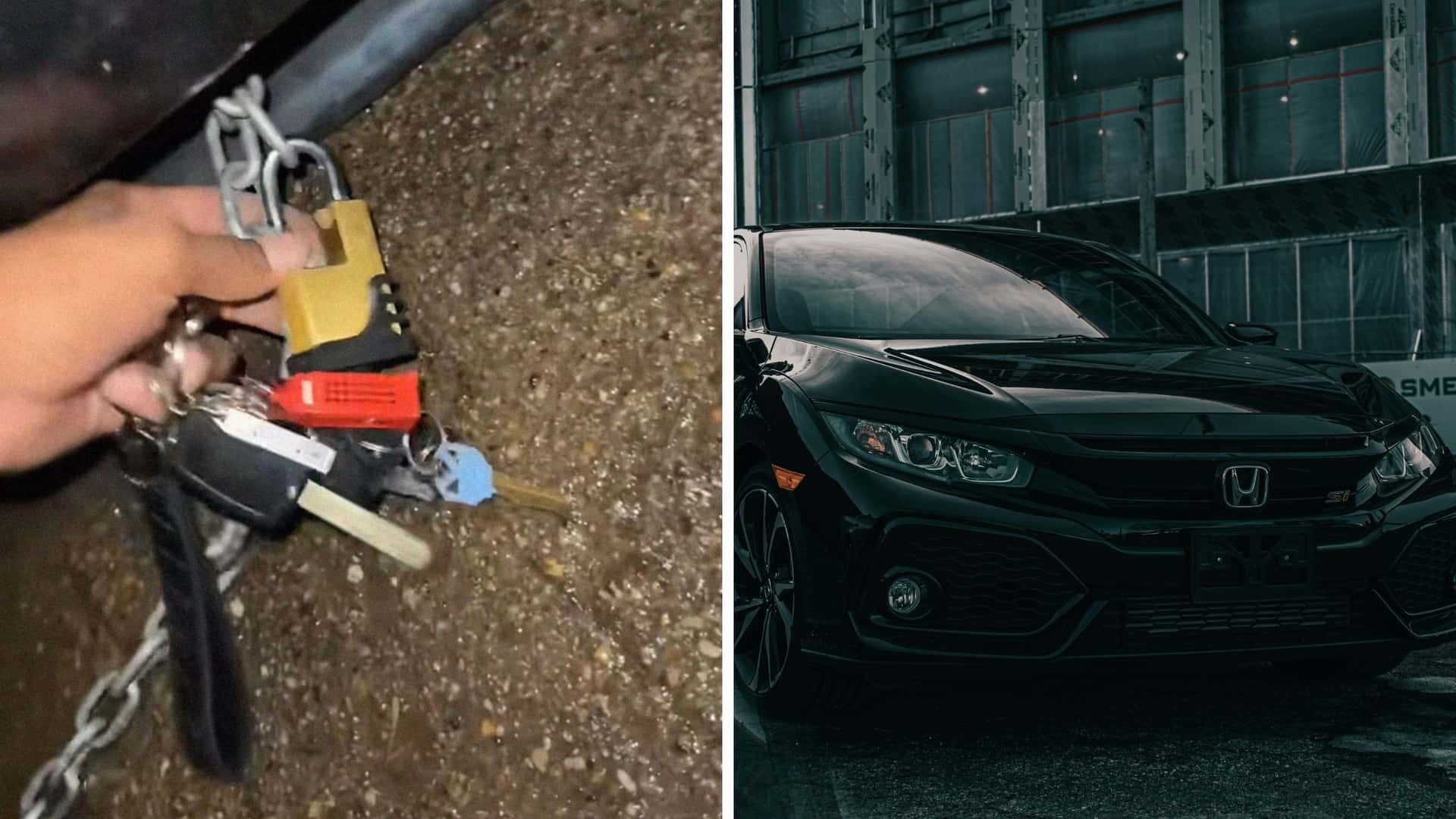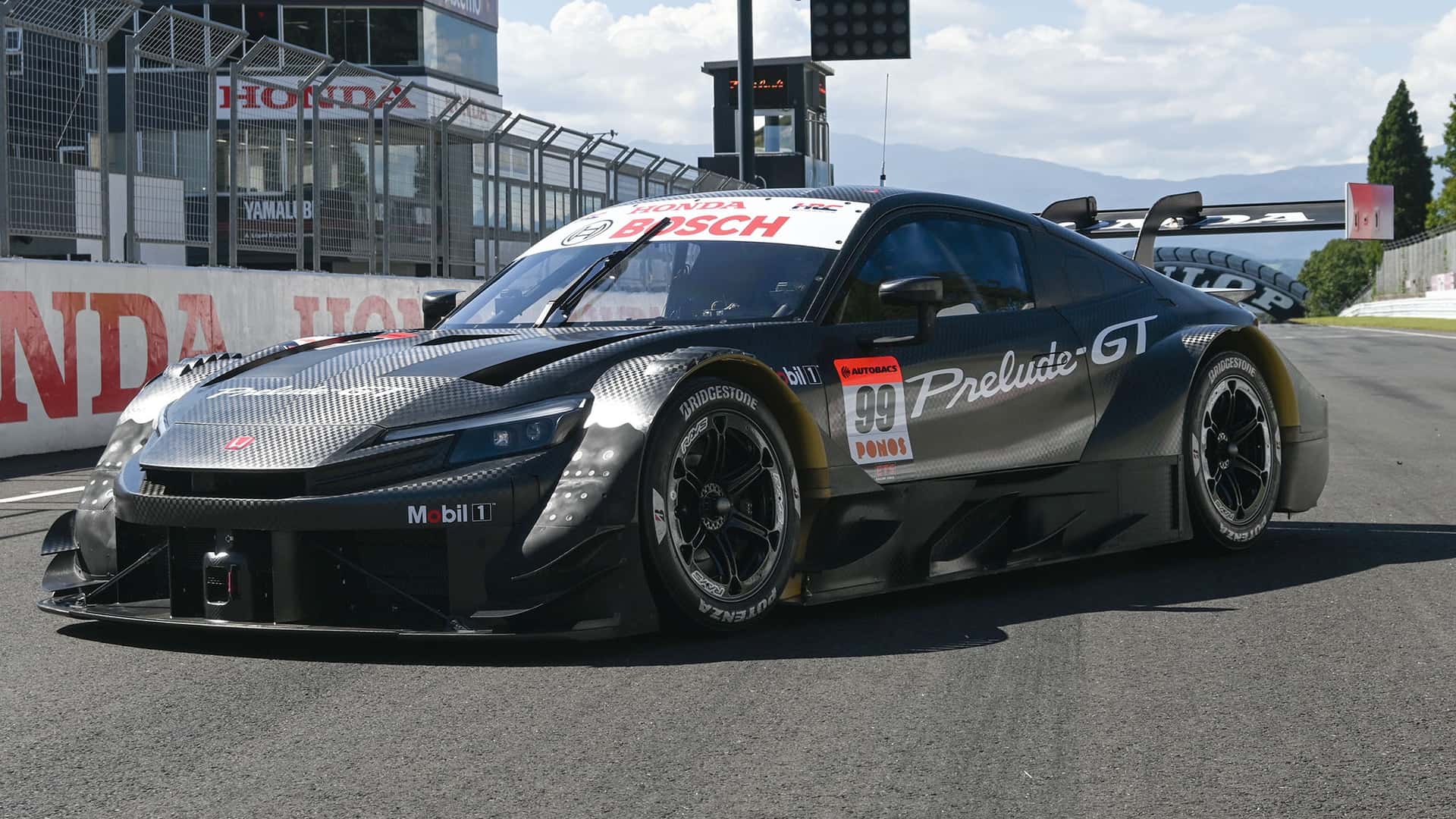Honda CR-V Generations Ranked By Reliability
For decades, the Honda CR-V has been one of the most popular SUVs in the United States, often ranking behind only the Toyota RAV4 in terms of sales. The CR-V’s unpretentious design, proven reliability, and impressive practicality have endeared it to thousands of buyers.
However, not every CR-V generation has been built to the same high standard. Here, we rank the Honda CR-V generations from worst to best, based on their reliability records.
This analysis excludes the current, sixth-generation CR-V. As it was launched as a 2023 model, not enough time has passed for us to accurately assess its reliability.
For the older five generations of the CR-V, we have consulted a variety of reputable sources, while also taking into account the number and severity of consumer complaints/recalls.
J.D Power quality and reliability ratings have been included, if available. However, it must be noted that these ratings are an assessment of initial reliability, not long-term reliability.
Third Generation: 2007 - 2011

2010 Honda CR-V - front 3/4 angle
Although it doesn’t have the most overall complaints, the third-generation Honda CR-V attracted more serious complaints, so it ends up being ranked as the least reliable CR-V generation.
Introduced for the 2007 model year, all third-gen CR-Vs had a 2.4-liter four-cylinder engine and five-speed automatic transmission.
Common Issues: Third-Gen CR-V
- Unwanted acceleration when braking
- Excessive oil consumption
- Steering issues
- Rear trailing arm could detach due to frame corrosion
J.D Power quality and reliability rating: N/A
According to Car Complaints, excessive engine revs when braking was the most common issue, occurring at an average of around 17,000 miles and typically costing $5,000 to remedy.
Several third-gen models have over 10 recalls each, including issues whereby the rear trailing arm could detach due to corrosion, specifically on earlier third-gen models. We’d advise you to carefully monitor this generation’s powertrain on a test drive, and to have the underbody inspected by a professional before you buy one.
Although the 2015 Honda CR-V has the most overall complaints, we rate the 2011 model year as worse because of other possible factors such as higher repair cost or more problems at lower mileage.
- Car Complaints
Fifth Generation: 2017 - 2022

2017 Honda CR-V front
Despite being the newest generation of the CR-V on this list, the fifth-gen model has by far the highest number of complaints on the NHTSA’s website. This Honda CR-V's quality and reliability rating by J.D. Power also dipped into the 70s (out of 100), which wasn’t the case for many older CR-Vs preceding it.
Common Issues: Fifth-Gen CR-V
- High oil level with gas in oil
- Stalling/loss of power at speed
- Forward collision avoidance issues
Highest J.D Power quality and reliability rating: 84/100 (2020 model)
Being the most modern CR-V here, this model has quite a few driver-assistance technologies. These are useful, but they have also proven problematic, pushing up the total number of complaints.
More serious is the number of engine issues, with numerous owners experiencing an issue with too-high oil levels and gas in the oil. The new 1.5-liter turbo engine seems to be the main culprit here.
When checking the oil level on the dip stick, it was about a half inch higher above the full level and smelled like gasoline. Apparently, Honda is aware of the problem but does not know how to fix it, no help for the owners.
- Honda CR-V Owner, Car Complaints, 2019
These worrying engine issues prevent the fifth-gen CR-V from ranking any higher on our list.
Fourth Generation: 2012 - 2016

2012-2014 Honda CR-V Front 3_4
Introduced for the 2012 model year, the fourth-gen Honda CR-V was initially launched with a 2.4-liter four-cylinder engine and five-speed automatic transmission. Later, a direct-injection version of this engine and a CVT transmission made an introduction. This model was praised for its ride and handling balance, good gas mileage, and spacious interior.
Common Issues: Fourth-Gen CR-V
- Vibration issues with updated engine
- Blocked heater core
- Transmission issues
Highest J.D Power quality and reliability rating: 83/100 (2013 model)
In our review of the fourth-gen CR-V, we stated that many of this model’s issues are annoying rather than serious, which is the main reason it outranks the newer fifth-gen model here. Look out for vibrations affecting the updated engine in 2015 and 2016 models, and avoid any model with jerky or unrefined transmission shifts. The absence of a turbo in these CR-V models also means there will be less to go wrong under the hood.
J.D Power rates every fourth-gen CR-V as having a quality and reliability rating in the 80s (out of 100), and it has far fewer recalls than other CR-V generations.
Still modern and attractive enough, a well-maintained fourth-gen Honda CR-V has the potential to last for many years.
First Generation: 1997 - 2001

2000–2001 Honda CR-V Red
Produced between the 1997 and 2001 model years, these CR-Vs are now well over 20 years old, but they set the standard for a compact SUV that would become a best-seller. No matter how reliable they may be, you’ll need to be cautious about purchasing any vehicle of this age. Still, the first CR-V was a good seller for Honda, while having a comparatively low number of complaints and recalls, but it wasn’t perfect.
Common Issues: First-Gen CR-V
- Oil leaks from sump gasket
- Failing oil pump and thermostat
- Weak head gasket
- Trailing arm bushes
- Blown radiators
J.D Power quality and reliability rating: N/A
While generally reliable, the B20 four-cylinder engine’s level of reliability depends on following a strict maintenance schedule. If not, one of the issues above could appear. There’s not much you can do about the engine’s lack of power, though, but it was on par with competitors of the period. It produced 126 hp and 133 lb-ft initially.
The rest of the first-gen CR-V is quite basic, and while that doesn’t increase comfort or safety, there should be less to go wrong than with later models.
Second Generation: 2002 - 2006

Honda-CR-V-2003-4
Introduced for the 2002 model year, the second-gen CR-V featured a more rigid chassis, refined styling, and a 2.4-liter four-cylinder engine. A manual transmission was available, and the automatics had either four or five speeds, depending on the model year.
The 2002 CR-V has 16 recalls, the most for any individual CR-V model year, but it must be noted that most of these recalls are linked to the Takata airbag saga that affected multiple manufacturers of the period.
Common Issues: Second-Gen CR-V
- Risk of injury due to exploding airbag inflator
- Power window switch failures
- Transmission problems
- Engine oil leaks
J.D Power quality and reliability rating: N/A
Poor owner maintenance increases the risk with these engines. The VTEC system is prone to issues if the oil and oil filter aren’t changed on time. Similarly, some owners have reported slipping, shuddering, or complete failure of the transmission.
Assuming that the airbags have been inspected and that the car has a solid service history, second-gen CR-Vs have proven to be very reliable. The 2006 model, specifically, ranks as one of the best CR-V model years for reliability.
If you can find a well-maintained, low-mileage example that has had its airbag system inspected, then CR-V reliability expectations should be high for the second generation.
Summary: A Mostly Dependable Crossover

Honda
No vehicle is perfect, but the Honda CR-V is more reliable than average. According to an iSeeCars longevity study, it was given the greatest chance of any compact crossover of lasting over 250,000 miles.
The earlier generations are generally regarded as the most reliable, partly because they did without more complex powertrain and safety technologies. However, they’re now quite old, so your best bet would likely be a well-maintained fourth-gen model - it has no glaring issues and is still modern enough.












































